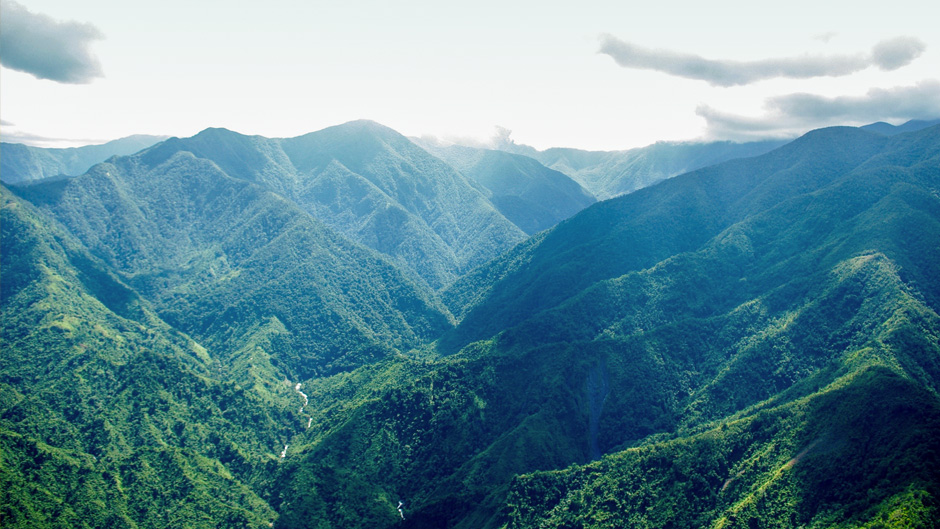It’s no surprise that warming temperatures across the earth are having a slow, yet profound impact on the forests of the world.
In a global process called thermophilization, the makeup of forests and other natural communities are changing as plants and trees slowly shift their ranges to higher, cooler altitudes. Species that favor cold climates are moving away from the hot lowlands and into colder highland areas or disappearing from landscapes entirely. While species that favor warmer conditions are moving up and replacing them, research indicates.

Although Kenneth Feeley, associate professor of biology, has documented this phenomenon throughout South and Central America, he wanted to explore whether natural disasters could impact thermophilization, which is driven by climate change. By collaborating with an international team of renowned ecologists, including Edmund Tanner, professor at the University of Cambridge; John Healey, professor at Bangor University; and Peter Bellingham, a professor at the University of Auckland, Feeley said they were able to chronicle the conditions of a Jamaican forest for 40 years and observed that a hurricane sped up the transformation of these tropical forests.
“We saw a consistent process of thermophilization through time, but we noticed the rate of this process was not consistent, and that the hurricane actually accelerated the process,” said Feeley, the University’s Smathers Chair of Tropical Biology. “The forest is resilient and tends to resist changes imposed by climate change, but when you get a large disturbance event like a hurricane, it can break down those barriers, open up the forest to change, and speed up the process of thermophilization.”
Their research, published recently in the scientific journal Ecography, marks one of the longest-running studies of its kind, Feeley noted, because they were able to scrutinize data that Tanner and his team collected periodically since 1974 in several forest plots in Jamaica’s Blue and John Crow Mountains National Park. The lush preserve was protected starting in 1993 and was named a UNESCO World Heritage site in 2015.
By carefully analyzing the data collected during the past decades, Feeley said it was clear that in 1988 when Hurricane Gilbert hit Jamaica, it had a massive impact on the makeup of the forest plots. The storm cleared out many species that prefer cooler climates, creating opportunities for the immigration of lowland plant and trees that thrive under the rising temperatures. The hurricane disturbances also made space for invasive species, like the mock orange tree in Jamaica, to move in and dominate the landscape.
“If you disturb the forest, you can accelerate the process thermophilization. And in some cases, invasive species can take advantage of the disturbance to gain a foothold and take over,” he said.
Feeley noted that their conclusions likely apply well beyond the island of Jamaica. Although hurricanes are the main disturbance in the Caribbean, Feeley pointed out that in places like the Andes a disturbance could mean landslides, while elsewhere heatwaves or drought can affect forests. Even human-created disturbances, like logging or deforestation, have a long-term influence on forests and can speed up or alter thermophilization, Feeley added.
“Climate change is pushing forests to change, but they are resilient,” he said. “However, if something else adds extra stress, it can make a forest more vulnerable to change.”

